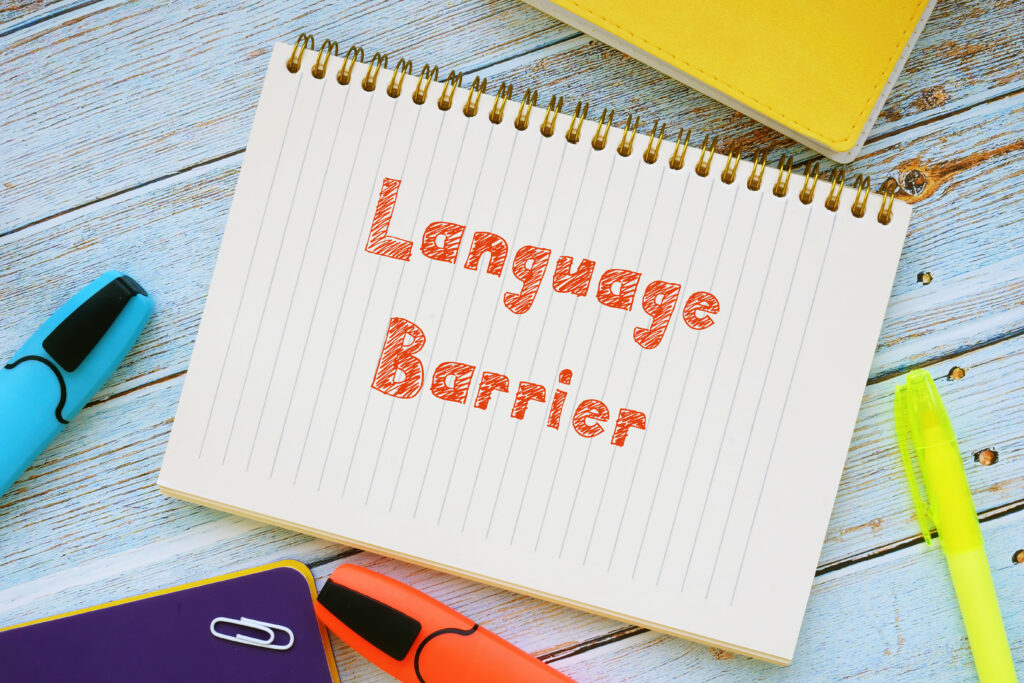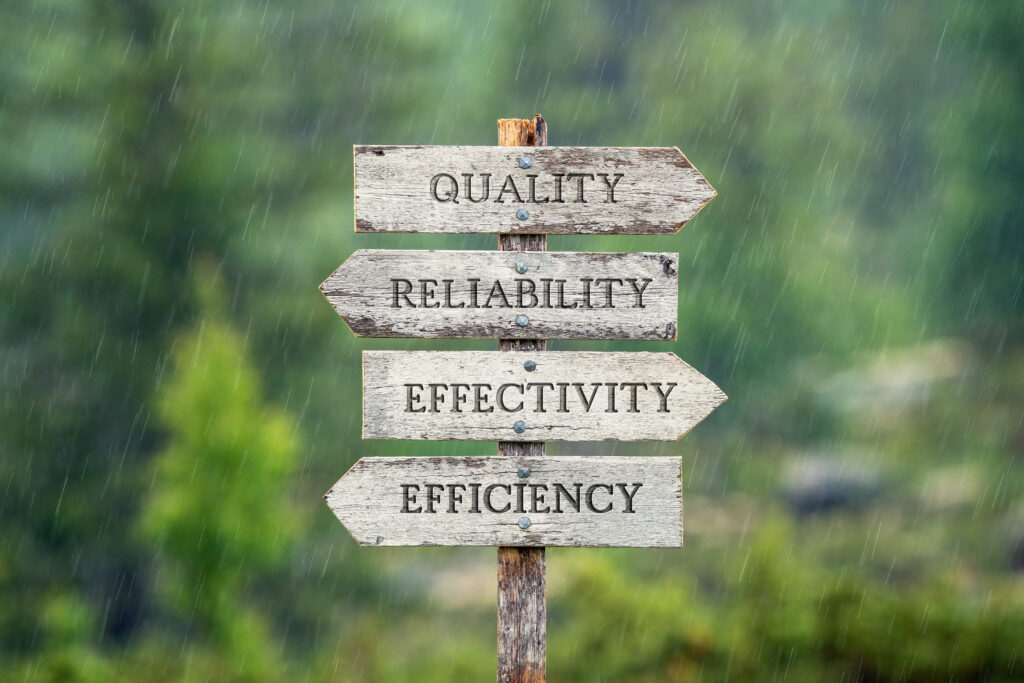Access to healthcare is a basic human right. Unfortunately, not everyone has access to quality healthcare services. Barriers, such as cost, distance, and provider availability, prevent many people from getting the care they need. This is especially challenging for low-income families, the elderly, and those living in rural areas. These barriers have become even more pronounced during the COVID-19 pandemic. In this blog post, we explore the current state of healthcare access and how we can work together to break down barriers and expand healthcare access for all.
Access to healthcare continues to be a prevalent issue in our society. Many people still face barriers that hinder their ability to get quality healthcare. Such challenges can lead to debilitating consequences that affect people’s overall health and quality of life. Yet, making healthcare accessible and affordable for all remains a dream for many. Fortunately, there are efforts to change the narrative and make healthcare access a reality for all. This post explores how breaking down barriers and expanding access to healthcare is crucial for enhancing people’s health outcomes.

By aijiro Adobe Stock Photos
1. The Current State of Healthcare Access
The first step to expanding healthcare access is understanding the current state of healthcare access. According to the World Health Organization, half of the world’s population lacks access to essential healthcare services. In the United States, healthcare is expensive, and many people cannot afford insurance. Even with insurance, the cost of copays, deductibles, and out-of-pocket expenses can be prohibitive. People living in rural areas often have to travel long distances to access healthcare providers. Additionally, marginalized communities experience a higher incidence of chronic diseases and face barriers such as language and cultural differences, that prevent them from accessing essential healthcare services.
The current state of healthcare access is a complex issue. On one hand, there have been significant advancements in medical technology and treatment options in recent years, but on the other hand, the cost of healthcare has skyrocketed. This has left people facing difficult choices between receiving proper treatment or going into debt.
The current state of healthcare access leaves a lot to be desired. Access to healthcare varies depending on where one lives and their socioeconomic background. Economic, social, and cultural factors play a significant role in determining the kind of healthcare individuals receive. For instance, people from low-income families may find it challenging to access healthcare services due to high healthcare costs. Moreover, healthcare service providers may not have culturally sensitive ways of providing healthcare to patients; thus, language and communication barriers come into play.
2. The Importance of Breaking Down Barriers
Expanding healthcare access is crucial for several reasons. Firstly, it is a human right. Everyone deserves to have access to quality healthcare services. Secondly, good health is essential for overall well-being. The availability of healthcare services can help prevent illness, detect diseases early, and provide necessary treatment. Lastly, expanding access to healthcare can help reduce healthcare costs. Many people who lack access to preventative care often end up in emergency rooms with avoidable illnesses, which leads to increased costs for patients and the healthcare system. It is essential to break down barriers to healthcare access for the health and well-being of all.
One of the biggest barriers to healthcare access is insurance coverage. Many people don’t have insurance, and even for those who do, the cost of deductibles, copays, and out-of-pocket expenses can be overwhelming. This leaves people having to make tough decisions about what medical treatment they can afford and what they have to forgo. There’s a pressing need for insurance reform to ensure that everyone can access the medical care they need without being faced with exorbitant bills. One way to help combat these high costs is the use of Family Community Clinics. These are springing up all over the country. They are cash based and do not accept insurance. These services are usually much more affordable, and you still get the high-quality access to the care you need.
Another significant barrier to healthcare access is location. Rural communities often have less access to healthcare services, which can be particularly detrimental in emergency situations. It’s essential that healthcare providers and facilities are available where they’re needed most, and that transportation to these facilities is made more accessible. In our small rural hospital, we have often had a hard time getting our patients transferred to a higher level of care to a larger hospital because they do not have any beds available. We have had to send patients to nearby out of state hospitals so they can get the care that they need.

Language is another barrier to healthcare access. Many people who need medical attention may not speak the language of their healthcare provider, which can lead to misunderstandings and misdiagnoses. Healthcare providers need to have access to interpreters or other translation services to communicate with patients effectively. This was a big challenge for our little hospital when we received thousands of Afghanistan guests into our small community that required healthcare. We took the time to learn about the culture, what was acceptable and what was not, and did our best to meet their needs.
Breaking down these barriers is necessary for equitable access to healthcare. One way to accomplish this is by employing technology to advance healthcare delivery. For example, telemedicine has become essential tools in healthcare provision. Telemedicine allows healthcare professionals to carry out remote consultations through virtual means, expanding healthcare access for people in remote or rural areas. Similarly, mHealth apps provide a platform for people to access healthcare information, reminders, and management tools. One barrier to this however, is an elderly person’s ability to navigate technology. Many times, they will need assistance. One method of dealing with this barrier is that many Aging and Senior Services centers, our government agencies for senior resources, have computers set up so they can assist our elders with getting on a virtual doctor’s visit. Every county in every state has a Senior Resource Center so check out the one in your area.
Another factor in healthcare access is affordability. While healthcare costs continue to rise, many individuals do not have access to health insurance, putting them at risk of not receiving necessary care. A viable solution is to increase the availability of health insurance options. Governments and healthcare providers should collaborate to ensure universal health coverage. Furthermore, healthcare providers can adopt value-based care models that ensure patients receive superior care while keeping costs low. Many services exist to help families with applications for their state Medicaid programs.
Ensuring healthcare access for all also requires the healthcare sector to be more patient-centric. A patient-centric approach to healthcare means that healthcare providers shift focus to the patient’s needs and preferences. Patient-centric approaches involve listening to patients and recognizing their unique needs, which ultimately enhances patient satisfaction. Patients who have a positive experience with healthcare providers are more likely to become active participants in their health journey.

3. Strategies for Expanding Healthcare Access
There are several strategies that can be used to expand healthcare access. Firstly, we need to improve insurance coverage and reduce healthcare costs for low-income families. This can be achieved through expanding Medicaid coverage, increasing subsidies for low-income households, or capping out-of-pocket expenses. We also need to build more community health centers and clinics in underserved areas, so people have access to primary healthcare services close by. Telemedicine and mobile healthcare units can be used to provide healthcare services to individuals who live in remote locations. Additionally, providers need to become more culturally competent and offer services in multiple languages to serve diverse populations.
4. The Role of Advocacy and Education
Breaking down barriers to healthcare access requires advocacy and education. As individuals, we can advocate for policies that expand healthcare access and reduce costs. We can write to our elected representatives, participate in healthcare rallies, and use social media to amplify the voices of those who lack access. Organizations can also play a role in expanding healthcare access by educating the public about available healthcare services, promoting preventative care, and providing resources to underserved populations. Education can combat stereotypes and misconceptions and help individuals understand the importance of preventative care and routine screenings.
In our Patient Advocate Match Directory of Healthcare Services, we have health, patient, and nurse advocates that can assist you in navigating the healthcare system and even help with the burden of high medical bills. Advocates can come alongside you and assist in making sure you have proper access and advocate on your behalf when it comes to treatment options or plans or helping you to find a primary care provider. Advocates can assist with identifying your needs and the corresponding resources that will bridge those gaps for healthcare access.
Conclusion:
Improving healthcare access is a complex issue that requires a multifaceted approach. We need to work together as policymakers, healthcare providers, organizations, and individuals to ensure that everyone has access to quality healthcare services. By breaking down barriers to healthcare access, we can improve the health and wellbeing of our communities, reduce healthcare costs, and create a more equitable society. We encourage everyone to join us in advocating for expanded healthcare access for all. Together, we can make a positive change.
Breaking down barriers and expanding healthcare access is crucial for enhancing overall health outcomes. Whether it is through advancing technology, increasing affordability, or adopting patient-centric approaches, everyone should be able to access quality healthcare regardless of their socioeconomic background. Therefore, it is essential to continue discussions on healthcare access and advocate for policy changes that promote equitable access to healthcare. Together, let us break down barriers and expand healthcare access for everyone.
Thanks for stopping by and spending a few minutes with us. We hope to see you back here soon!
Take care,
Pam
Resources
Patient Advocate Match-A Healthcare Professional Services Directory
Community Family Clinics- https://www.goodrx.com/insurance/low-cost-free-healthcare/community-health-center
https://www.aha.org/news/blog/2020-07-20-breaking-down-barriers-greater-health-equity


